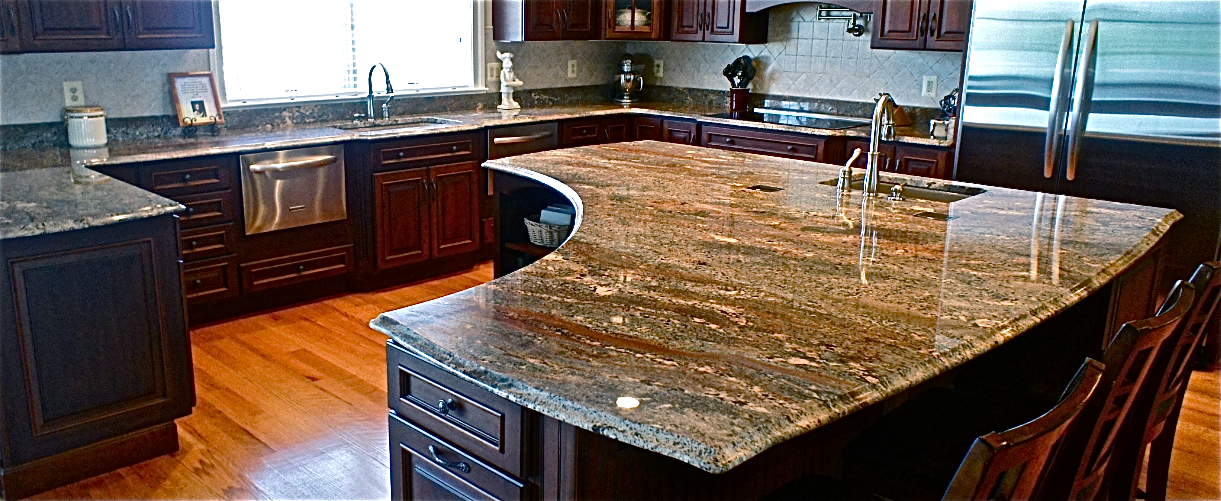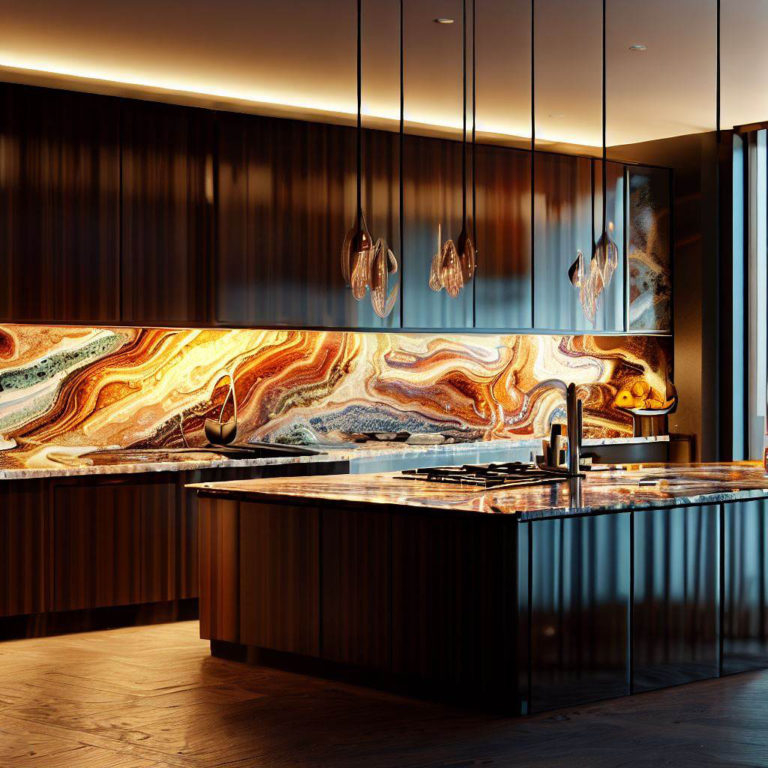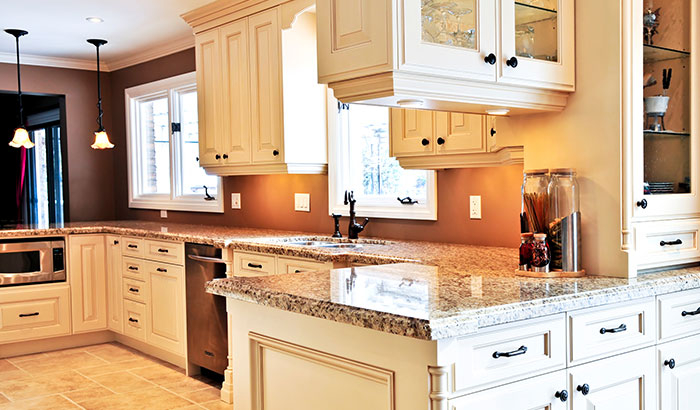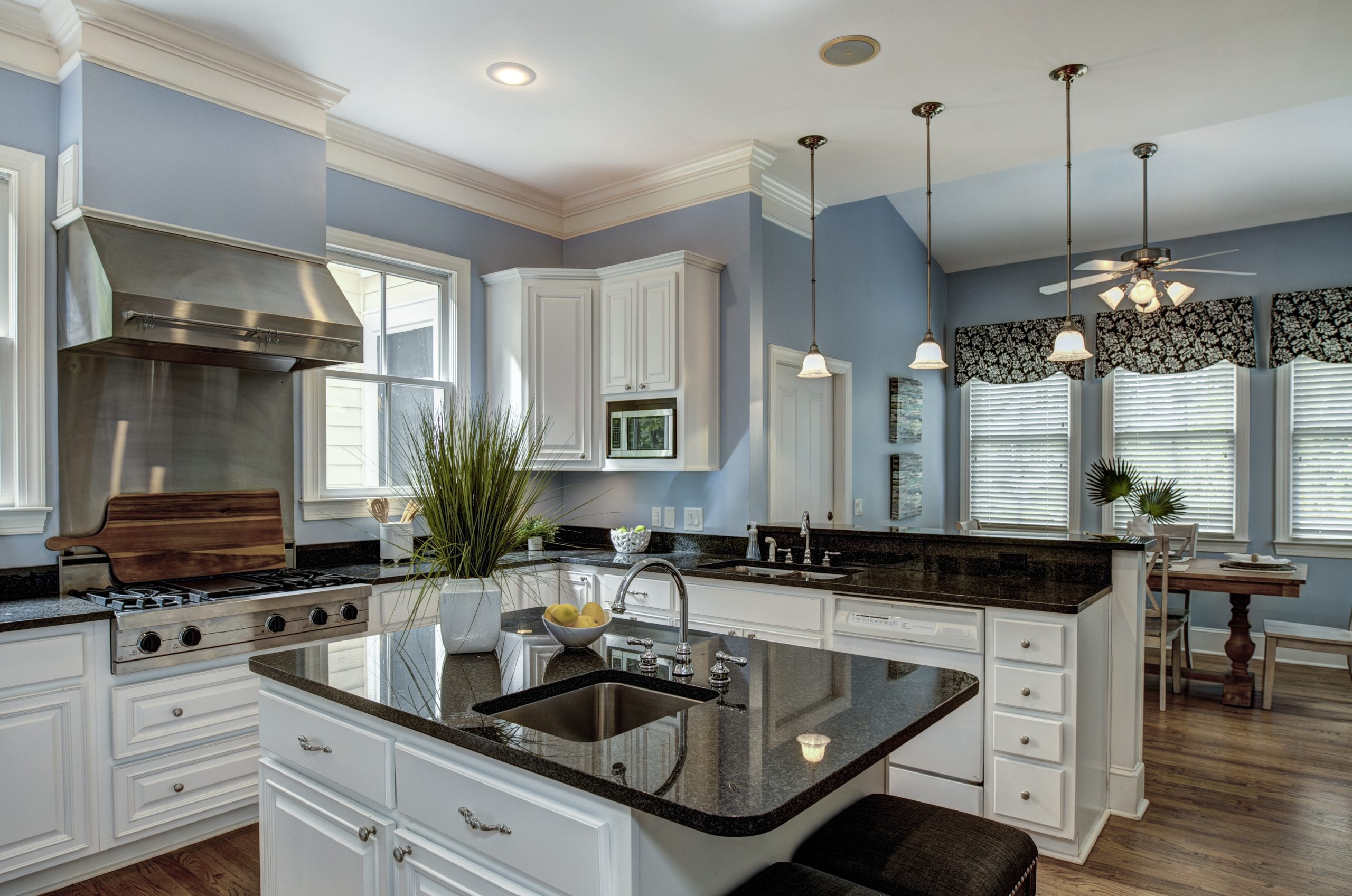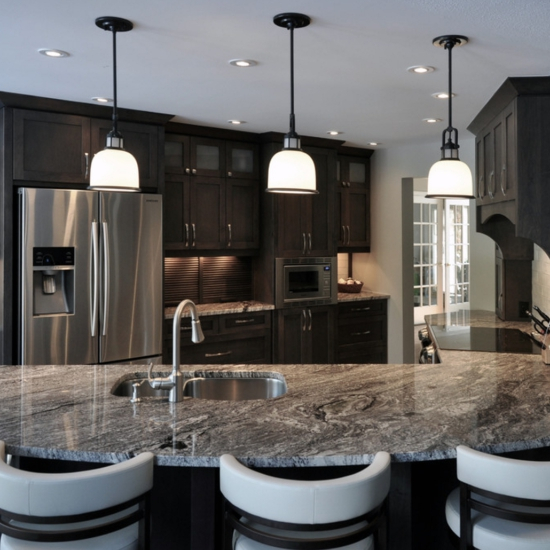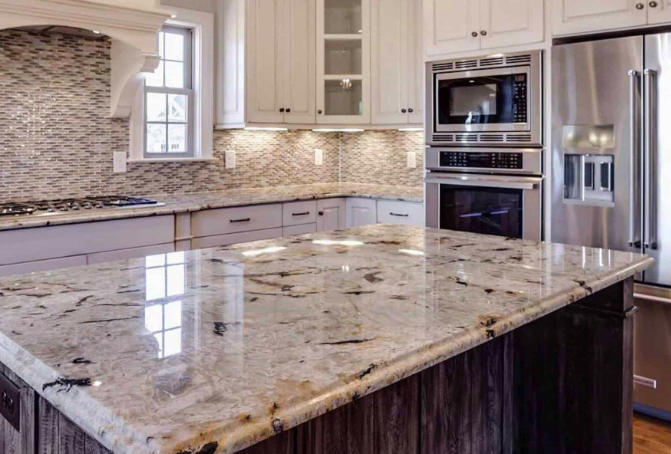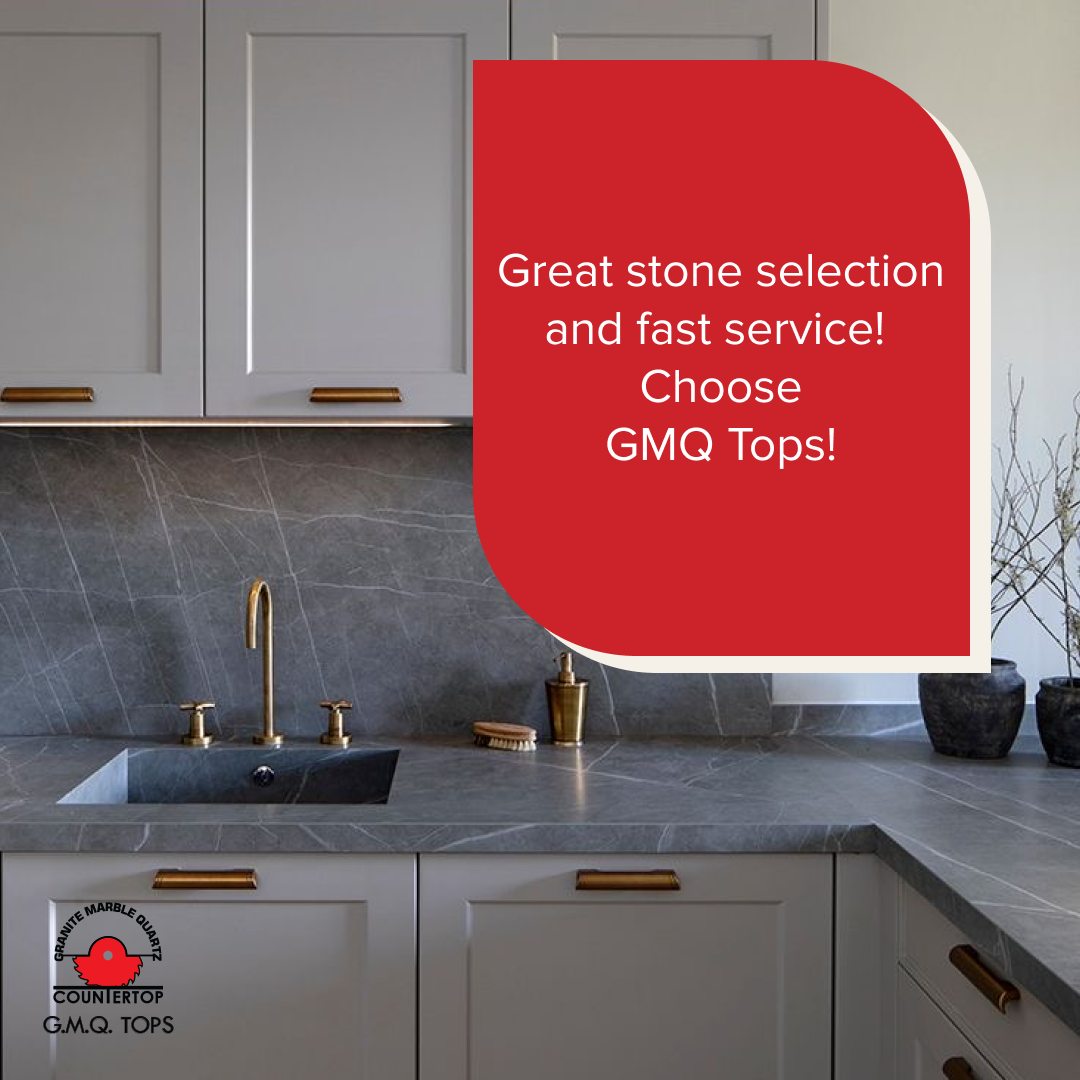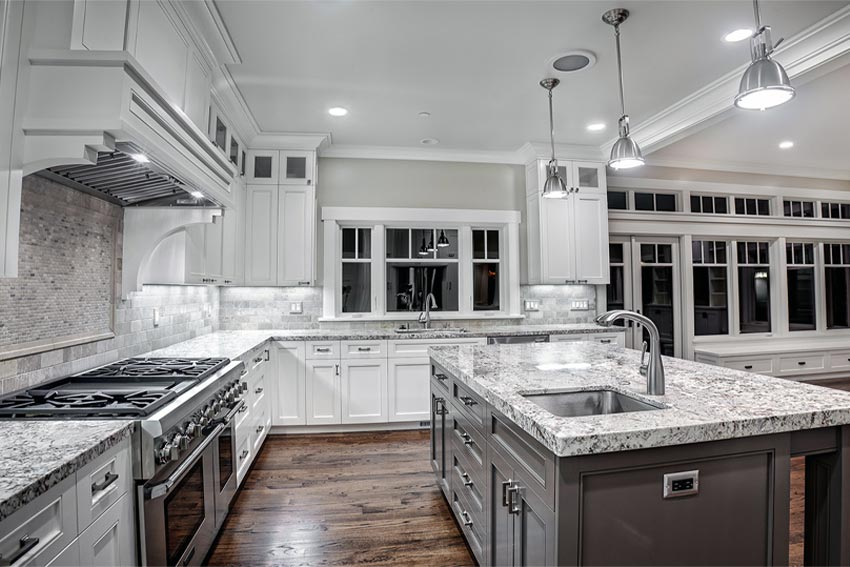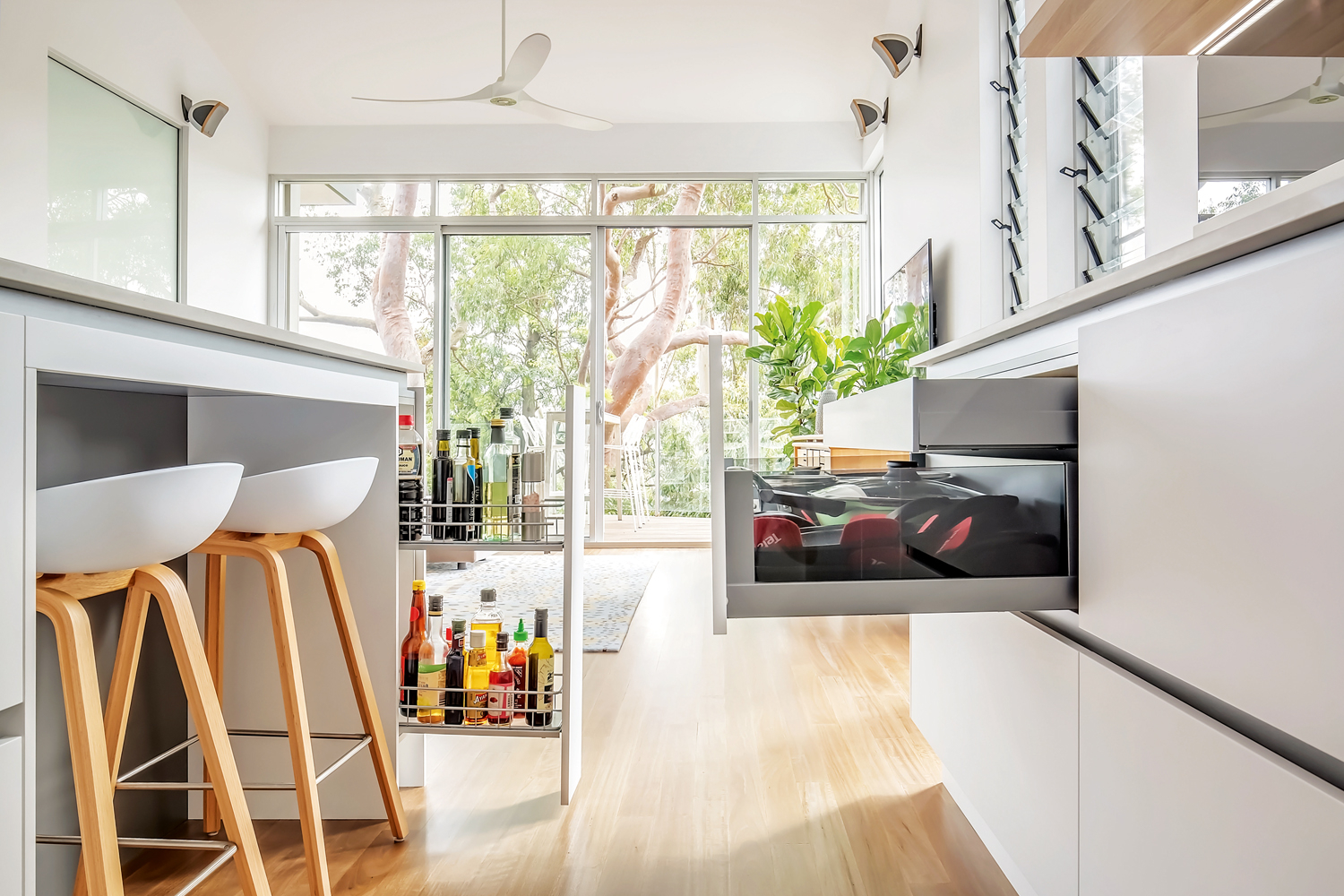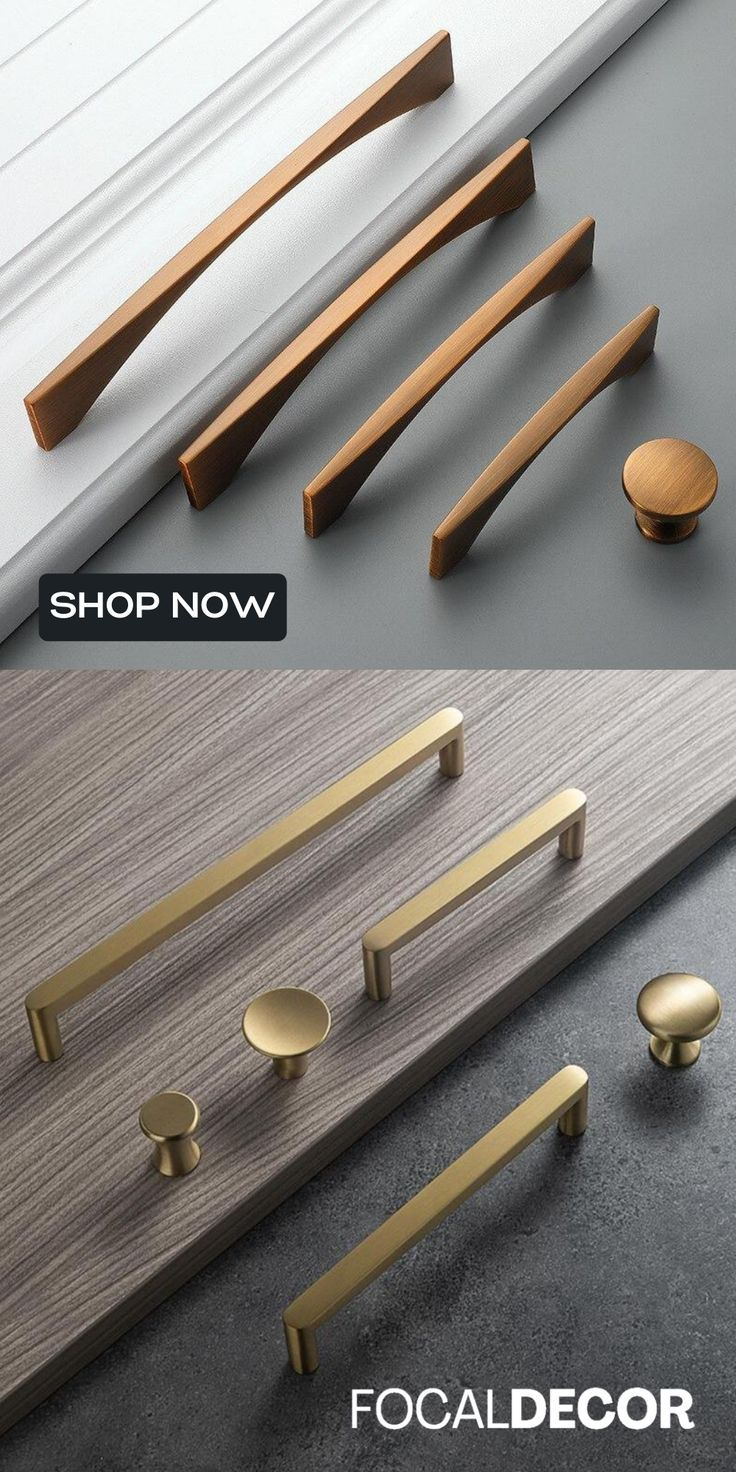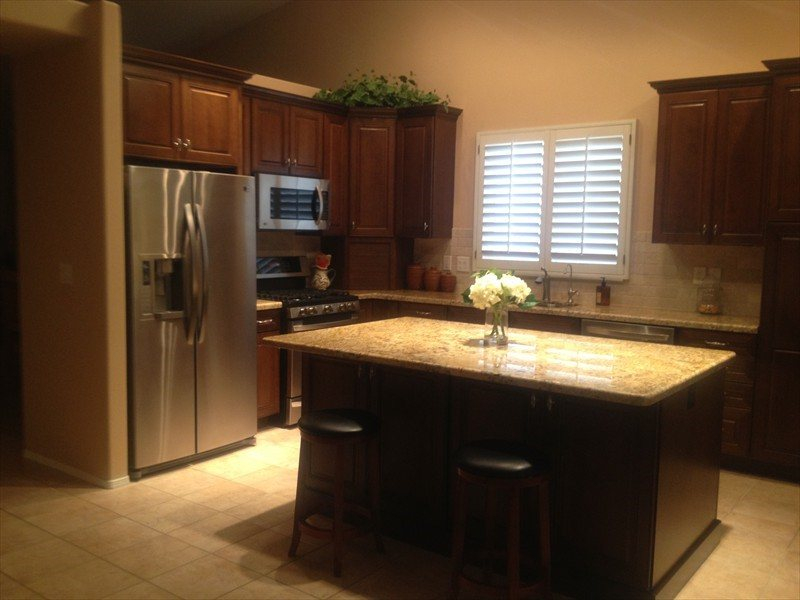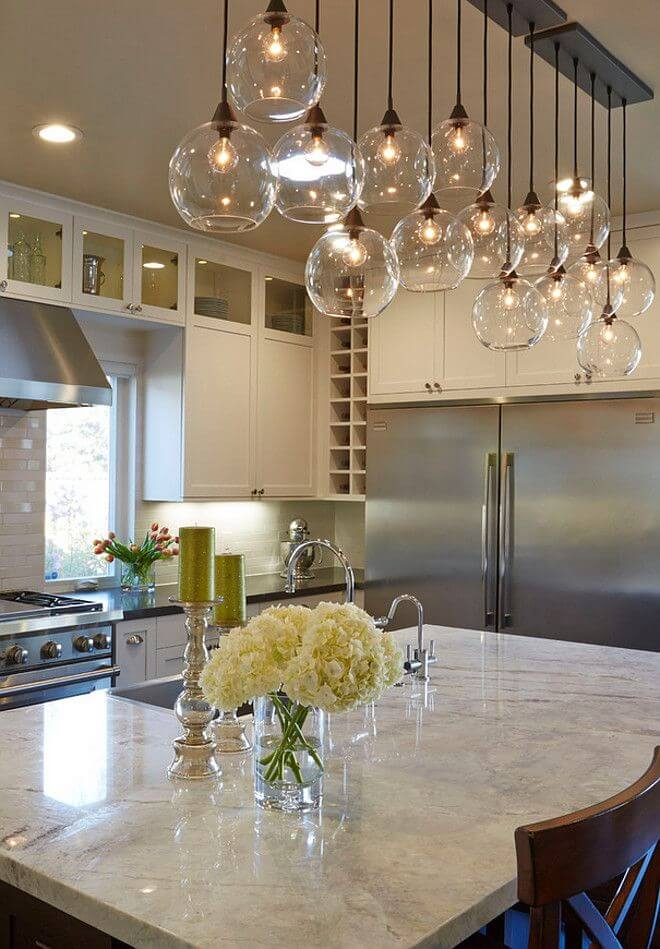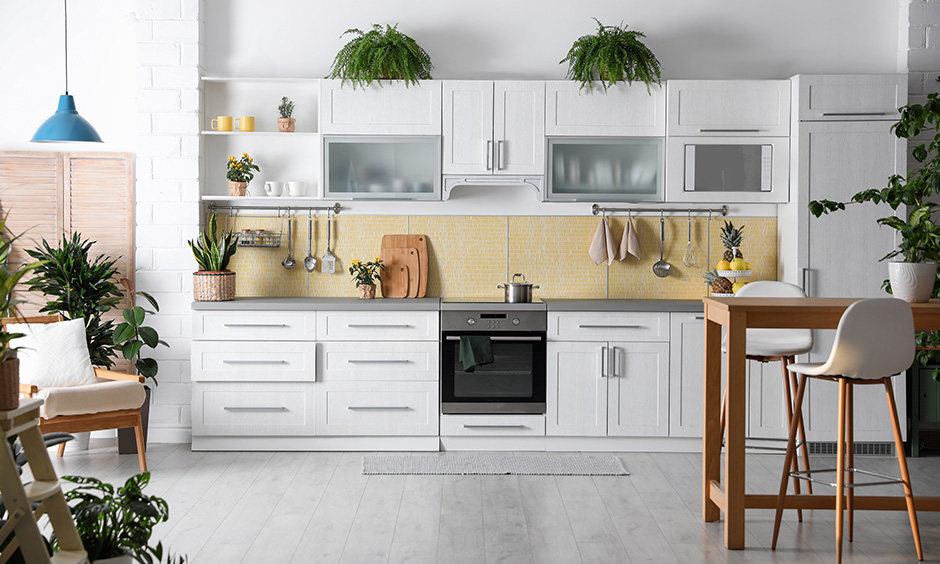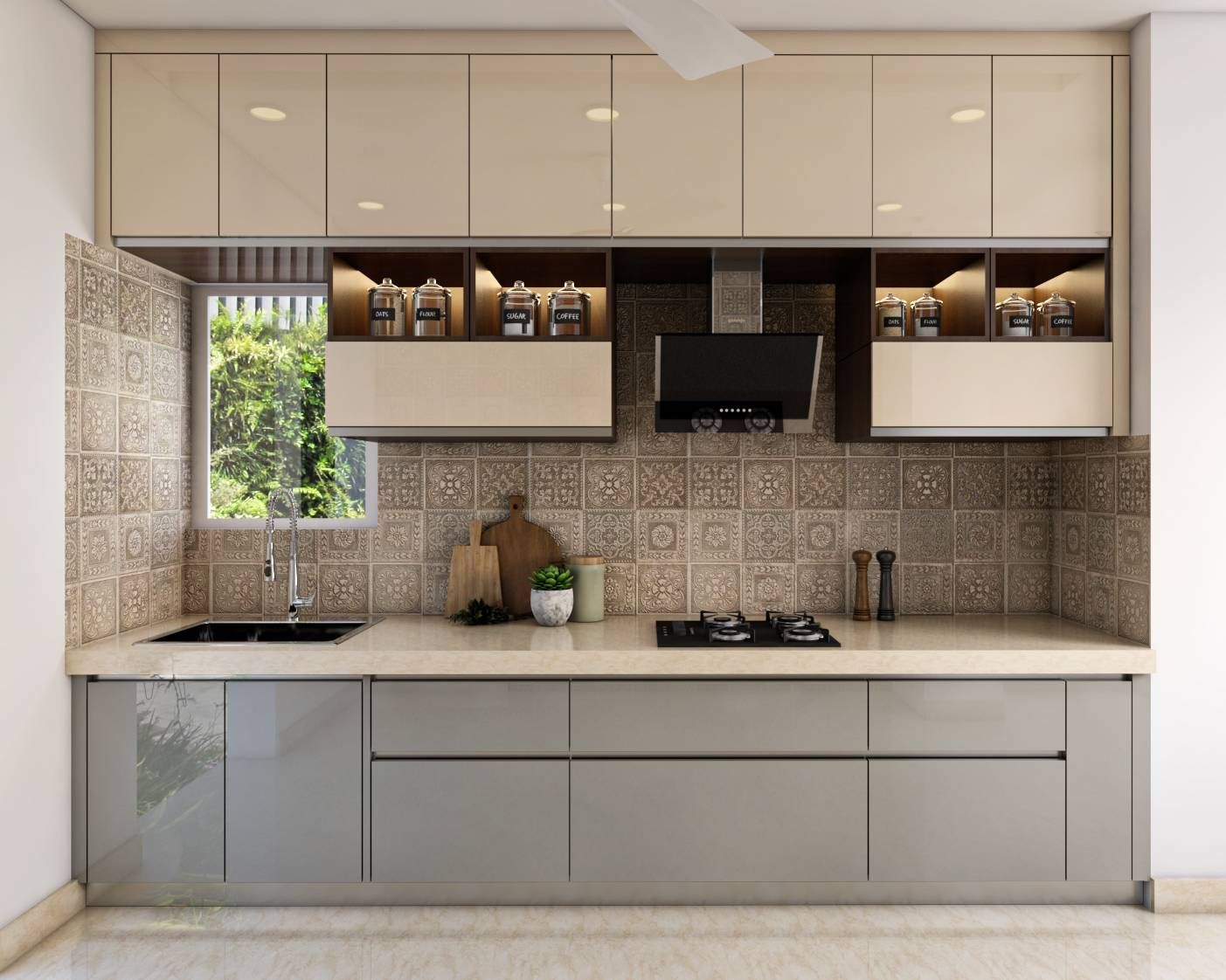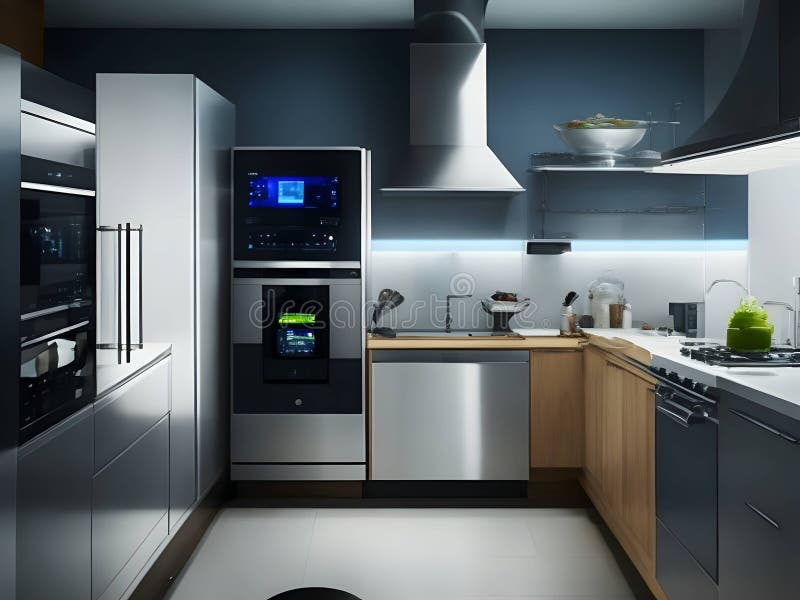Imagine a kitchen that gleams, a space where style meets substance. For many, that vision includes the timeless beauty and rugged resilience of granite countertops. But with so many choices, how do you pinpoint the one that truly sings to your kitchen’s soul? Let’s embark on this journey together to uncover the secrets of selecting granite that will not only elevate your kitchen’s design but also stand the test of time.
A sleek kitchen is more than just a collection of appliances and cabinets; it’s a feeling, a functional work of art. And what better way to anchor that artistry than with a countertop that speaks of natural elegance and enduring strength? Granite, a natural stone formed over millions of years, offers just that. It’s a material that brings a unique story to your home, with variations in color and pattern that mean no two slabs are ever exactly alike. But how do you choose from this vast palette of natural wonder? It can feel a bit overwhelming, can’t it? Don’t worry, we’ll break it down.
The Allure of Granite: Why It’s a Top Choice
Granite’s popularity isn’t just a passing trend. It’s a material that has earned its place in kitchens worldwide for some very good reasons. Firstly, its durability is legendary. Granite is incredibly hard, second only to diamonds on the Mohs scale. This means it’s highly resistant to scratching and chipping, making it a fantastic option for busy kitchens where chopping and food prep are daily occurrences. Think about those moments when you’re rushing to put dinner together – your granite countertop can handle it. Plus, it’s heat-resistant, so you don’t have to panic if you accidentally place a hot pot on it for a moment (though using trivets is always a good idea to protect the sealant and the stone itself from extreme heat over time). And let’s not forget its stunning visual appeal. Granite comes in an astonishing array of colors and patterns, from subtle and understated to bold and dramatic. This natural variation means your countertop will be a unique statement piece.
Decoding Granite Colors and Patterns
This is where the fun – and sometimes the confusion – really begins! Granite isn’t just black or white; it’s a symphony of earthy tones, vibrant hues, and intricate veining. You’ll find everything from the classic elegance of white granite with subtle gray flecks to dramatic black granite with swirling patterns. Common color families include whites and grays, blacks, browns and beiges, and even blues and greens. The patterns can range from consistent speckles (often called flecked or speckled granite) to more dramatic veining or swirling patterns (like those found in ‘Giallo Ornamental’ or ‘Ubatuba’). Consider the overall color scheme of your sleek kitchen. Do you want your countertop to be a neutral backdrop, allowing your cabinets and backsplash to shine? Or do you envision it as a focal point, a piece of natural art? Look at samples in the lighting of your own home if possible, as colors can appear differently under various light conditions. Sometimes, what looks perfect in a showroom might not quite match your kitchen’s ambiance.
Understanding Granite Grades and Quality
Just like anything else, there’s a range of quality when it comes to granite. While all granite is durable, some variations are more porous or have more natural fissures (cracks that occur during formation). Generally, granite is categorized into different grades, though these can vary by supplier. Higher grades often mean denser stone with fewer natural imperfections and more consistent patterns. Don’t shy away from asking your supplier about the grading system they use and what it means for the specific slab you’re considering. A good quality granite should feel dense and smooth. You might also notice hairline cracks or fissures – these are natural to granite and not necessarily a sign of poor quality, but it’s good to be aware of them and how they might affect the stone’s appearance and long-term integrity. Inspecting the slab in person is crucial for assessing its quality.
The Practicalities: Sealing, Maintenance, and Care
To keep your granite countertop looking its best for years to come, proper care is key. Granite is naturally porous, meaning it can absorb liquids, which can lead to staining. This is where sealing comes in. Most granite countertops are sealed during installation, and this sealant needs to be reapplied periodically – typically once a year, though some high-quality sealants can last longer. A simple water test can tell you if it’s time to reseal: if a drop of water beads up on the surface, your sealant is still effective. If it darkens the stone or soaks in, it’s time to reseal. Daily cleaning is straightforward. Avoid abrasive cleaners or scouring pads, which can dull the surface or damage the sealant. A mild dish soap and water or a pH-neutral stone cleaner are usually your best bet. Wipe up spills immediately, especially acidic ones like lemon juice or vinegar, as they can etch the sealant or, in rare cases, the stone itself if left for extended periods. It’s a small bit of effort for a lot of lasting beauty.
Budgeting for Your Granite Countertop
Granite countertops can represent a significant investment in your kitchen renovation, but the value they add is undeniable. The cost can vary widely depending on the type of granite, its rarity, the complexity of the installation, and the edge profile you choose. Exotic or rare granites will naturally command higher prices than more common varieties. Edge profiles, such as a simple eased edge versus a more decorative ogee or bullnose edge, also impact the final cost. When getting quotes, ensure they are itemized so you understand what you’re paying for – this typically includes the material, fabrication (cutting and edge finishing), installation, and sometimes even sink cutouts and sealing. It’s wise to get quotes from a few different reputable fabricators to compare pricing and services. Remember, the cheapest option isn’t always the best value in the long run.
Making the Final Decision: Tips for Success
So, you’ve explored the colors, understood the quality, and considered the care. How do you make that final leap? Firstly, trust your gut. What granite slab truly makes you feel happy when you look at it? Secondly, bring samples home. Place them next to your cabinets, your flooring, and your paint colors to see how they interact. Consider the overall aesthetic of your sleek kitchen – will the granite complement or compete with your design? Don’t be afraid to ask questions of your fabricator. A good supplier will be knowledgeable and willing to guide you through the process. Think about the long-term. Granite is a natural material, and its unique variations are part of its charm. Embrace the imperfections, for they are what make your countertop truly one-of-a-kind. A well-chosen granite countertop isn’t just a surface; it’s a foundation for countless memories in your beautiful kitchen.
Choosing a granite countertop is an exciting step towards creating your dream kitchen. It’s a decision that balances aesthetic desires with practical needs, and by understanding the nuances of this incredible natural stone, you can make a choice you’ll cherish. From the dazzling spectrum of colors and patterns to its inherent durability and ease of care with proper sealing, granite offers a timeless elegance that enhances any sleek kitchen design. Take your time, do your research, and most importantly, select the granite that speaks to you. You’re not just installing a countertop; you’re bringing a piece of the earth’s artistry into your home, ready to be the backdrop for your culinary adventures and family gatherings for years to come.


